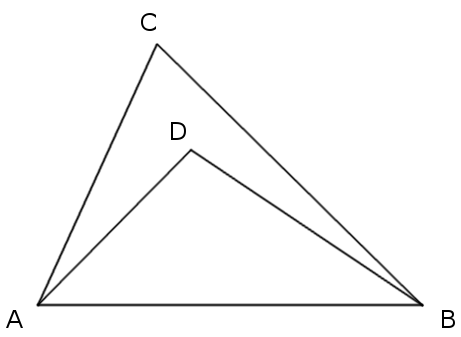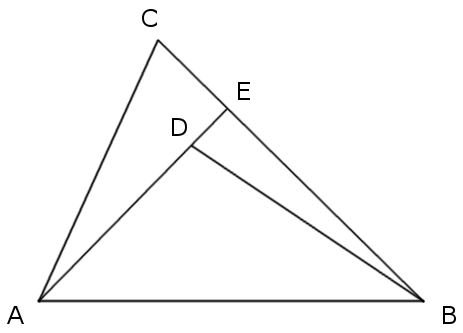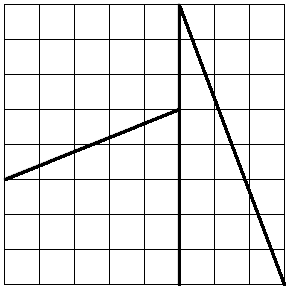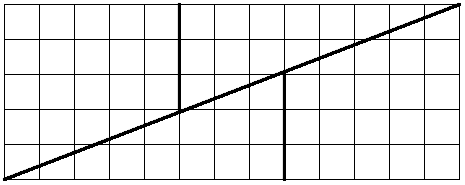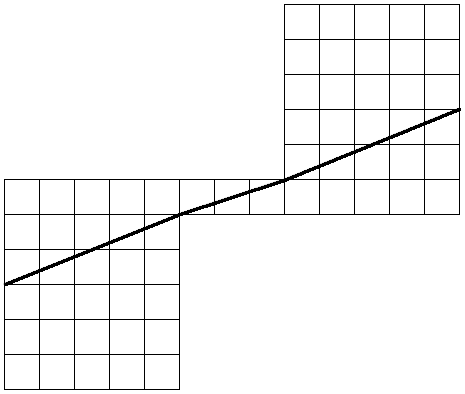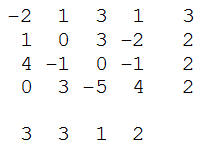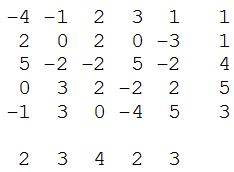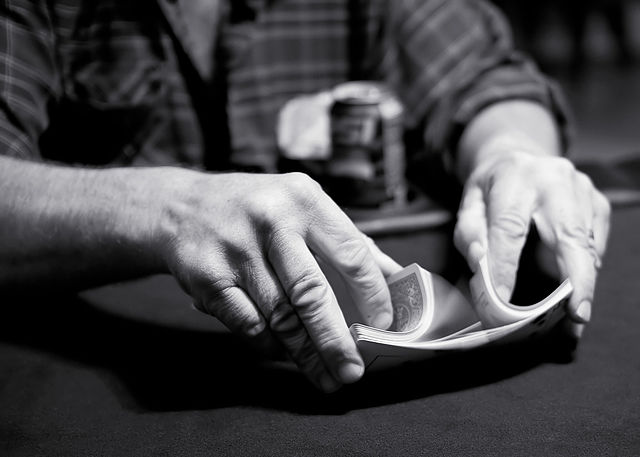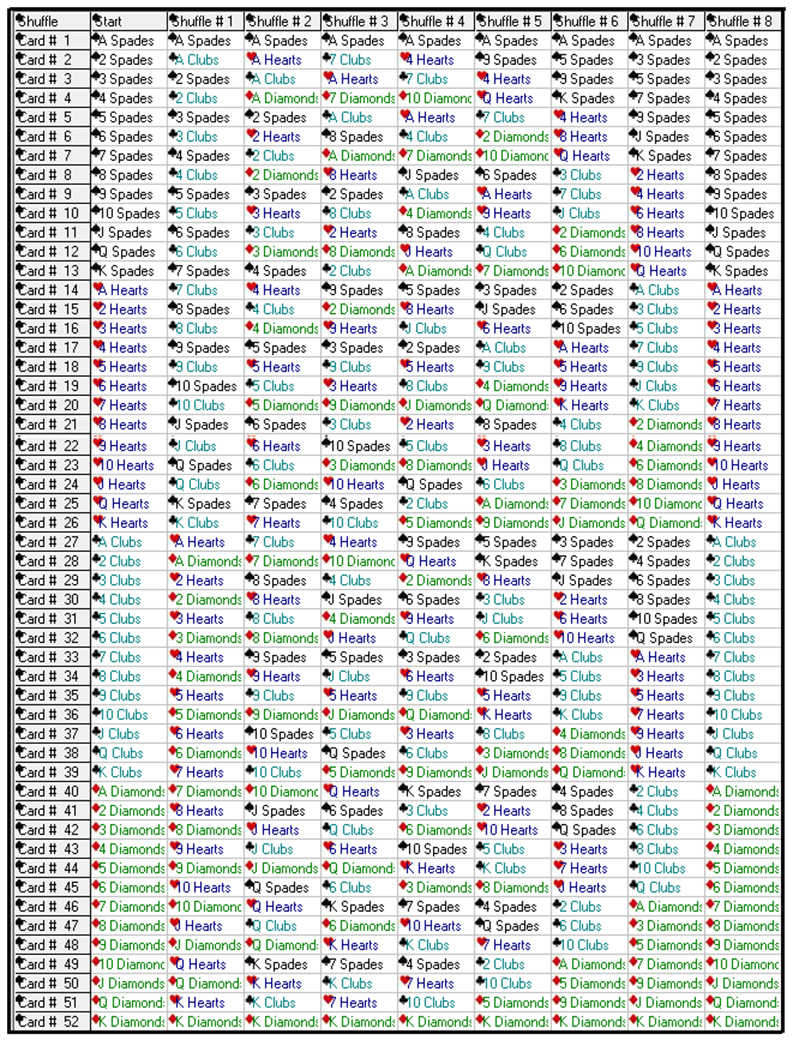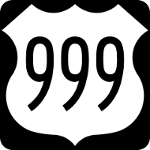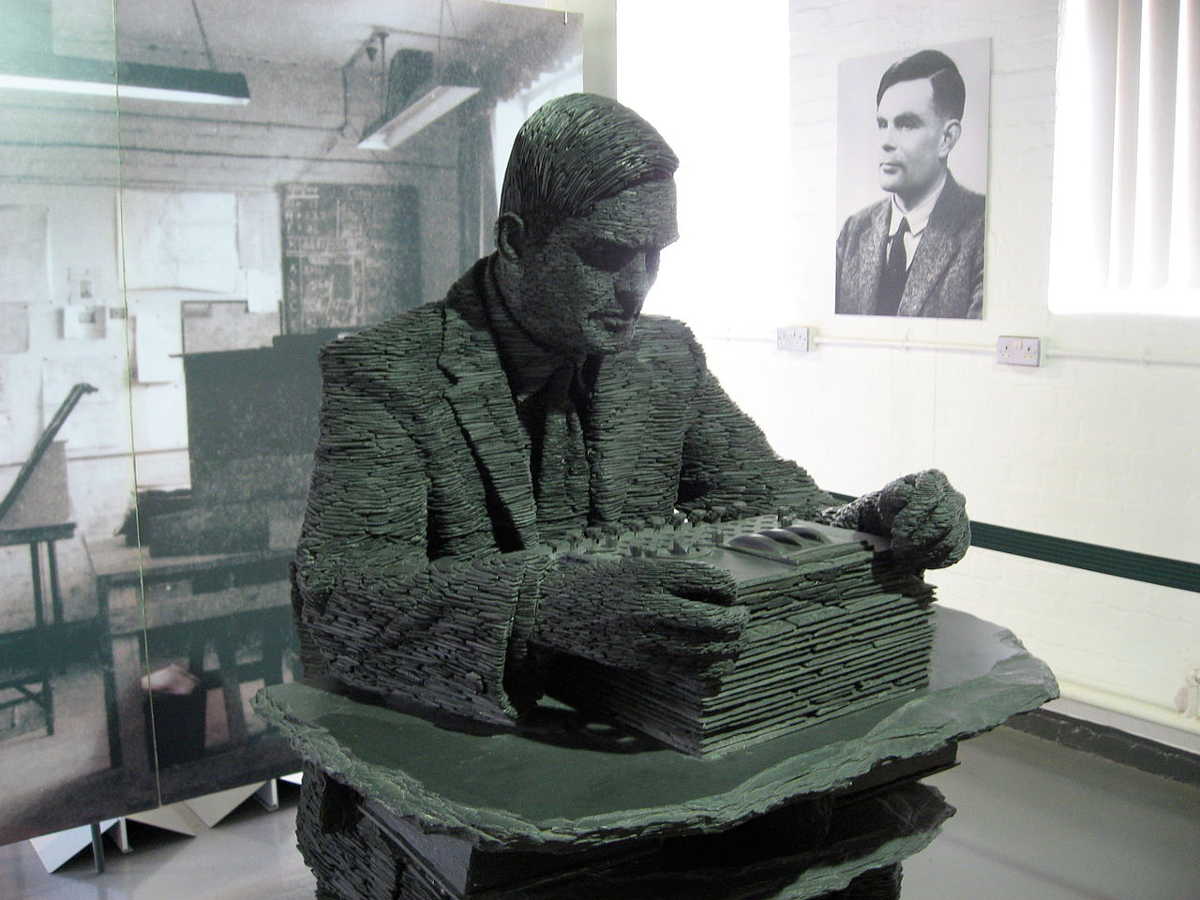In 1960, MIT mathematician George B. Thomas Jr. received a letter from a waterfowl farmer in Maine. The farmer thought he had discovered an error in a problem in Thomas’ influential textbook Calculus and Analytic Geometry. A little bewildered, Thomas looked into it and discovered that there was indeed an error. He thanked the writer and promised to correct the mistake in future editions.
The two corresponded intermittently thereafter, but four years went by before Thomas realized that the farmer was novelist Henry Roth, author of Call It Sleep. Suffering a disastrous case of writer’s block, Roth had turned to farming and tutoring to support his family, and he had worked his way through every problem in Thomas’ book, ninety per chapter, “often struggling long into the night before arriving at the solution,” according to biographer Steven Kellman.
A copy of the textbook, “inscribed with notes,” is listed among Roth’s papers. In the preface to the fourth edition, Thomas wrote, “One of the author’s friends, Mr. Henry Roth, wrote that he feared that the new edition would be ‘rife with set theory.’ I believe that he, and others who have used the third edition, will find that only modest additions of set theory have been made.”

